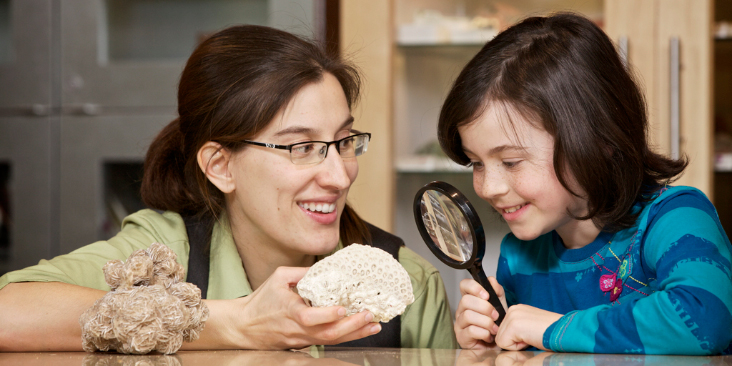- Home>
- Plan Your Visit>
- What's On>
- Nature Trade
Martin Lipman © Canadian Museum of Nature
Close.Nature Trade
Do you have treasures that you've carefully collected from nature?
Would you like help figuring out what they are? Or, maybe you'd like to trade them for other items? Then Nature Trade is for you!
These guidelines will help you get the most out of the museum's Nature Trade.
What You Can Trade
Martin Lipman © Canadian Museum of Nature
You may trade specimens found in nature that are collected responsibly, which means that only one or two specimens are collected, leaving the rest undisturbed.
"Tradeable" items are
- empty shells
- clean skulls and bones
- insects
- fossils
- rocks
- minerals
- plants
Certain items may not be traded:
- live animals
- eggs and nests
- corals
- items collected in protected areas (conservation areas or parks)
- endangered species
- items made by humans.
Martin Lipman © Canadian Museum of Nature
We may accept projects or written work with photographs or drawings of objects that may not be traded.
The items you wish to trade must be properly prepared: insects must be pinned, and shells, fossils and minerals washed.
We will accept a maximum of four items per trade, and no more than two identical items.
How to Trade
Bring the items you wish to trade to Nature Trade.
Trading Tips
-
The number-one trick for getting maximum value for your item is to give us information. The more information you provide, the higher the value you will receive.Tell us about:
- identification of the item
- where it was found
- any other cool / pertinent information.
- You can open an account at Nature Trade and accumulate points. You may save your points until you have enough to trade for a higher-value item that you really want.
- Become a museum member and receive bonus points with every trade.
Coming Up
- Nature Trade
- Activity – Hands on
- Bilingual
Saturdays, Sundays, Thursday evenings






